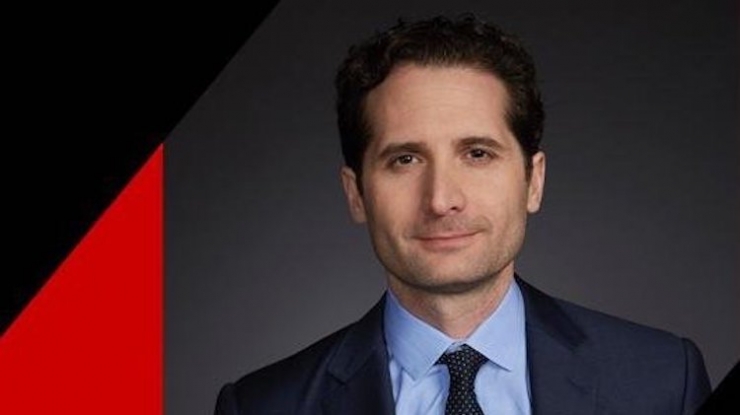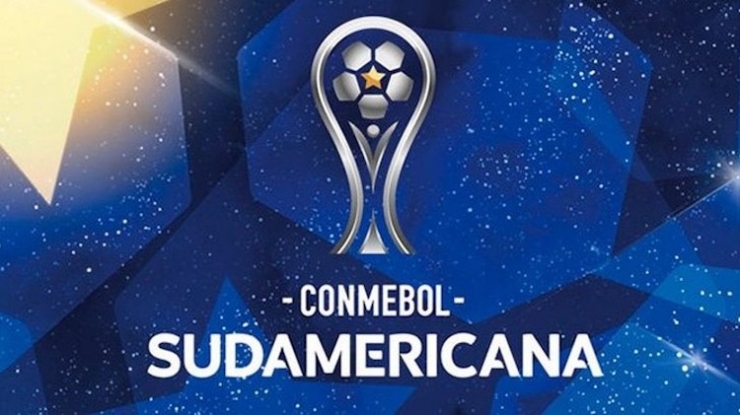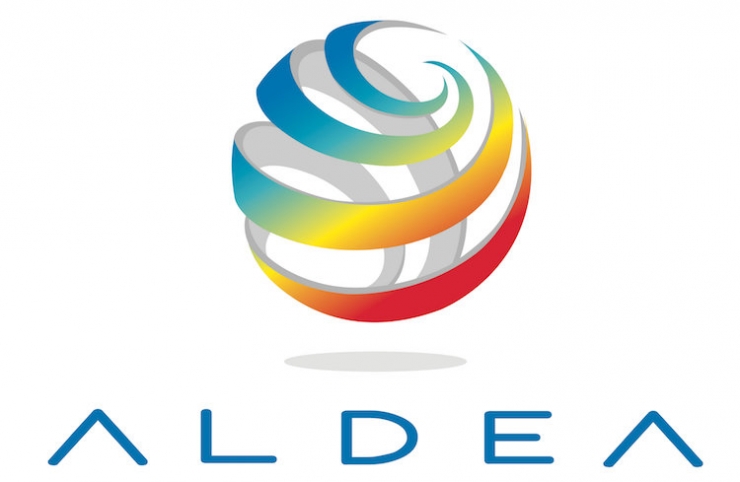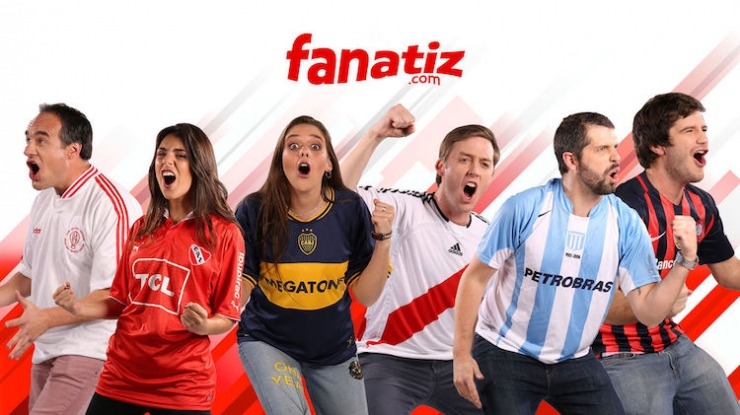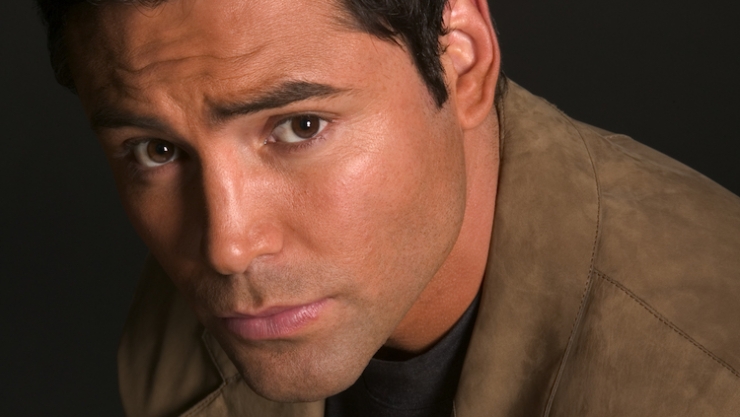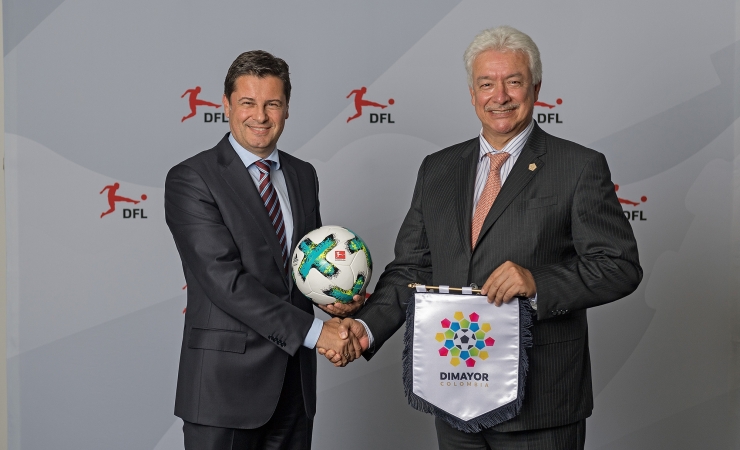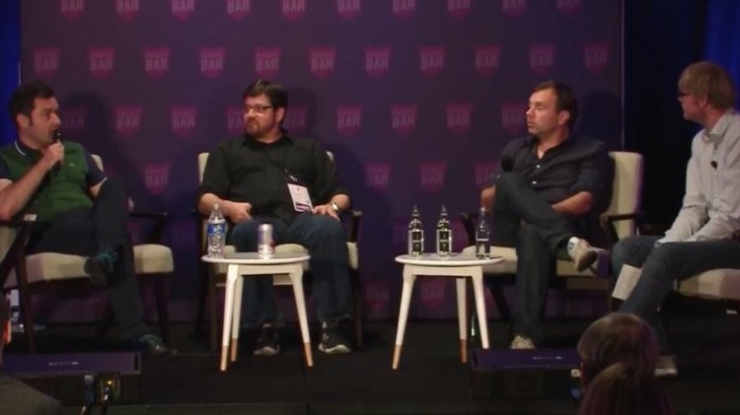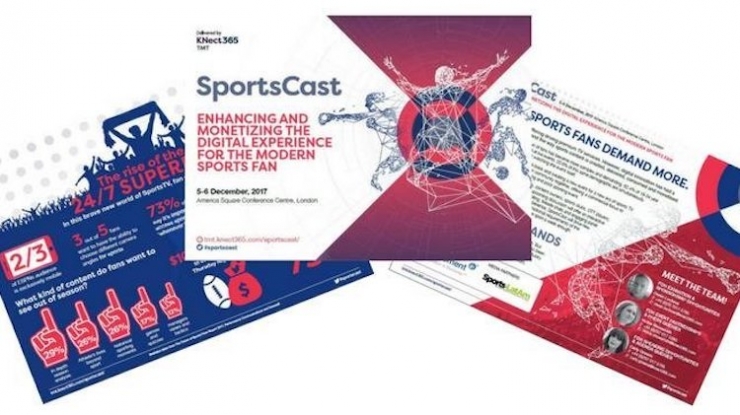Over the last few years, the concept of TV as we know it has changed entirely. First, TV content left the TV set and spread across multiple new screen and devices. Then, new models like VOD and streaming services gave viewers the freedom to watch content whenever they choose, making scheduled programming and live events lose the battle to binge watching and time-shifted viewing.
However, there is one notable exception to this new reality: sports, where live events and watching in real time are still the preferred way to go.
Nielsen's latest report, "The Year in Sport Media Report 2015", indicates live sports accounted for an astounding 93% of all shows watched live in 2015, a percentage which was just 14% a decade ago. In addition, the report says 95% of sports programming watching happened live in Q4 2015, while only 60% of drama was watched live.
In addition to the live factor, another key element in sports is they're a team activity, not just on the court but also for those watching it. And here's where social media takes center stage.
THE BEST TIME IS DURING THE GAME. According to a report by Navigate Research, sports fans are 67% more likely to use social platforms like Twitter to enhance their viewing experience compared to non-sports fans. And most of this activity happens before, during and after the games.
As the Nielsen report indicates, while live sports only accounts for 1.4% of total TV programming in the US, it gathers 50% of Twitter conversations linked to TV programs. Twitter has become the virtual sports bar where fans rally before, during and after the games.
ADDED VALUE EXPERIENCE. So what are sports fans mainly drawn to when it comes to social media? For starters, it's the place where they can connect to other fans and share the experience, getting in on the pre and post-game excitement.
According to an analysis by Catalyst, the content that fans find most engaging is centered on pre- and post-game excitement, though sports bloopers are also popular. Thus, on game day Facebook and Twitter are the most popular social networks, with video sharing sites like YouTube and Vimeo less popular while the game is on.
In addition, fans look to social networks to find extra information while the game is on, like watching replays or analysis during the game, which are published live, within seconds of a game fact; or to find high value content, such as stats, quotes, photos, videos, etc.
A GO-TO PLACE FOR BRANDS. In this context, social media becomes the perfect platform for personalities and teams to engage with their fans directly. As Nielsen states, "the behavior of a team or an athlete on social media can directly influence a fan's perception of that team or athlete."
This same rule applies to brands, which can interact with sports fans directly and set the tone for their campaigns, creating a valuable new commercial opportunity for sponsors and advertisers. Brands involved through sponsorships and social media promotions benefit from increased brand affinity and loyalty.
In this sense, brands that stand out are those with the best curated content, designed to target specific groups of fans and provide added value to those on social media, whether it be exclusive information, videos, interviews, or special commercial offers.
Thus, social media also opens opportunities to push targeted marketing offers, always pushed at the right moment to the right audience, whether it is ticketing, merchandising, WebTV, etc.










